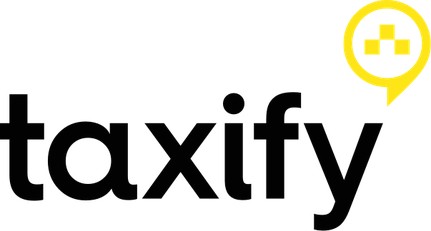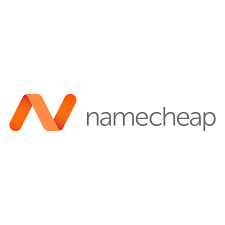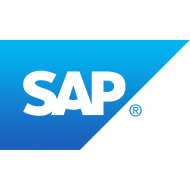Taxify- The best transportation platform that enabled cash-free rides for the first time in the world
The bolt which is previously known as Taxify is today a well-known transportation platform in Estonia. With its miscellaneous service, Taxify is working in over 35 countries and 150+ cities. The service ranges from food delivery, ride-hailing, micro-mobility, etc. It is set up in 2013, while in a short period the firm acquired more than 30 million customers all over the world. Also, Bolt gave an excellent platform for 1 million+ drivers to find the rides easily. Under the guidance of Markus Villig, the firm expanded its business in many countries. Includes, Australia, Europe, North America, and West Asia.
What is Taxify?
Taxify is Europe based start-up that provides an excellent transportation platform. The company is later on renamed as Bolt. Ride-hailing, food delivery, and micro-mobility are its well-known services. As well, the company’s Bolt app-enabled to get rides with just a few clicks on smartphones. Presently, the app runs on almost all OS including, iOS, Android, and Windows.
In fact, the best thing about this app and other services of Bolt, customer safety is on top. All the drivers get the licenses after a complete background check. However, to call a ride is as easy as safe with the Bolt app. The user has to put all details like dropping point, destination, and then can request a ride. After confirmation from the driver, the ride is all set to go.
Glimpse to Founder’s Life- Markus Villig
In London, at the time when people afraid to take Uber ride, Markus set up Taxify. A transportation platform that turned out as a trustworthy platform. When Villig was 19, he aimed to develop the best platform for taxis in Estonia, and Tallinn. And so, he did it with setting up Taxify in 2013. Under his policies, the business of the firm grew rapidly and it acquired many customers. Today, it is a billion-dollar firm providing employment to more than 1 Lakh drivers. As well, it acquired over 5 Million satisfied customers.
He is presently CEO of the company, who is well known as one of the youngest CEOs of Europe. Forbes included Markus’s name on the list of 30 under 30 in the category of Youngest Tech CEO in Europe.
The Backstory of Foundation
At the age of 12, a normal adult is dreamt of having fun and enjoying life. While Markus Villig who is the founder of Taxify dreamed to set up the tech start-up. Following his dream, he plunged into entrepreneurship when he was just 19 years old kid. At that time, Villig was studying at the University of Tartu as a computer science student. But he left the college after completing one semester and focus on his company. In 2013, when he set up the company, he took a loan of €5,000 from his parents.
The vision behind the formation of Taxify was to avail the platform for Riga and Tallinn taxi drivers. Earlier, Villig’s parents helped him in the company work. They handled customer support by themselves. However, Markus hired one developer so that the business can be explored further. With all efforts, finally, the service was launched in 2013.
Exploring The Business
Taxify a European start-up started by 19 years old Markus, turn out like a billion-dollar company in just six years. In a few years, the company also started the service in London. Earlier, it acquired a local taxi company in London and offered the operating license. But unfortunately, it had to shut down the service in London.
However, the strong determination and clear vision of Markus helped to raised the business despite all odds. Soon the company applied for a new license and re-launched the service in London.
After that, Taxify explored the service in another part of the country including Lisbon, and Paris. In 2018, the firm expanded its business into Dockless Electric Scooters by launching them into Paris. It was the first time for the company to launch under a brand name called ‘Bolt’. Also, it was the time when Taxify rise as a first-ever platform that integrates these with ride-hailing service. Yet, the best part was all these can operate with a single app.
Taxify jumped into other businesses
As of 2019, Taxify announced two services. One of them is the Bolt Food delivery service and another is the Green Plan. The first service, Bolt Food has launched in Tallinn and thereafter explored in another part of Europe. However, the Green Plan deals with reducing adverse effects on the environment due to the transportation industry. Especially, focusing on offsetting the contribution to the CO2 emission caused due to Bolt transportation service.
Achievements of Taxify
The company named many honors since its foundation. It launched the transportation app that became the first such app in the world which enabled cash-free rides. As well, it was the second company in South Africa to launch a travel app. Also, Taxify enabled the first platform that integrated other services with ride-hailing platform.
As of 2020, the firm was ranked third in the FT 1000. It honored as Europe’s Fastest-Growing Companies 2020 as per the Financial Times.

Jayshri is an Electronics Engineer, but her passion towards writing made her to be in this field. Apart from content writing, she loves reading, writing and surfing on various topics. In her free time, she likes to watch TV series and news. Sherlock Holmes is her all time favorite show. Jayshri loves cooking various Indian-western dishes.







